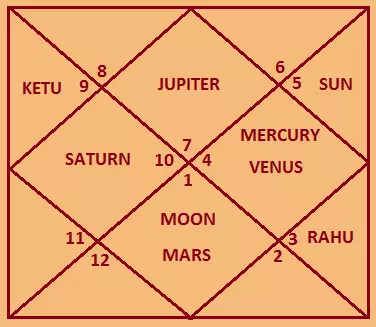Dakshin Gol in Astrology or Jyotish

Best Astrologer in India: - Dr.A.S.Kalra


Dakshin Gol or Southern Hemisphere in Indian Vedic Astrology
In Indian Vedic Astrology, the Earth is divided into two hemispheres — Dakshin Gol (Southern Hemisphere) and Uttal Gol (Northern Hemisphere). While most classical Vedic astrological texts are based on the Northern Hemisphere, it is important to understand the role and relevance of the Southern Hemisphere as well, especially in global astrological practices.
What is Dakshin Gol?
The term Dakshin Gol (दक्षिण गोल) refers to the Southern Hemisphere of the Earth — the part that lies south of the equator. It includes countries like Australia, New Zealand, South Africa, and parts of South America.
Astronomical Considerations
- Due to the Earth's axial tilt, the movement of the Sun and planets appears reversed in some ways compared to the Northern Hemisphere.
- The seasons are opposite — when it is summer in the North, it is winter in the South.
- Celestial bodies rise and move from the left to the right in the sky (as opposed to right to left in the North).
Astrological Relevance
Classical Vedic astrology (Jyotish) was developed based on observations in the Northern Hemisphere, particularly in the Indian subcontinent. However, for individuals born in the Southern Hemisphere:
- Planetary positions are calculated the same way, but visual observation and symbolism may differ.
- Some astrologers adjust the house placements or use whole sign systems for better accuracy.
- The interpretation of ascendants, planetary strength, and retrogression may need to account for local astronomical phenomena.
Challenges in Vedic Astrology Application
Since most classical texts do not address southern hemispherical observations, astrologers may face challenges when interpreting horoscopes of people born south of the equator. Some rely on tropical adjustments, while others keep the sidereal calculations intact but contextualize the readings.
Modern Considerations
With astrology becoming more global, there is increasing awareness about refining Vedic astrology practices for southern latitudes. The key lies in understanding both the astronomical basis and adapting traditional rules where needed without compromising the philosophical foundations.
Conclusion
Dakshin Gol may not be directly referenced in ancient Jyotish texts, but it holds significance in today’s global astrological community. As Indian Vedic Astrology continues to evolve, integrating both hemispherical perspectives ensures a more complete and accurate astrological interpretation.
